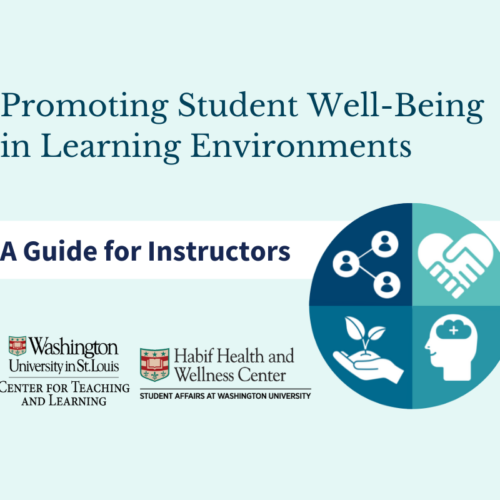Study: Obstacles to Innovative Teaching in STEM
Faculty members say that a busy schedule often prevents them from implementing more innovative teaching in their STEM courses, according to a study from the University of Virginia’s Center for Teaching Excellence cited in a recent article in The Chronicle of Higher Education. In the study, Hannah Sturtevant, a postdoctoral research associate at the center, and Lindsay Wheeler, assistant director of STEM-education initiatives and an assistant professor at the center, surveyed about 300 faculty members in STEM fields over the past couple years to see what obstacles prevented professors from rolling out new teaching practices. Many of the faculty members’ courses are lecture-based, even though research shows that active learning can benefit students in STEM. “We really wanted to understand why they aren’t engaging,” Wheeler said, as quoted in the Chronicle story.
The top reason professors said they didn’t implement new teaching practices was a lack of time to plan their teaching, in addition to other responsibilities, according to study results cited in the article. The second two reasons were tenure-and-promotion guidelines and classrooms with fixed seats that make active learning difficult, if not impossible.
A department that supports active learning and other innovative approaches could encourage a professor to implement some of these techniques in their classroom, researchers in the study said. “This study has shown that there’s this extra piece, not just about encouraging faculty members to try. We need to support them while they’re doing the practices,” Sturtevant said in the story.


